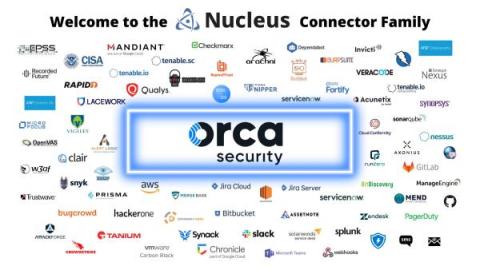API Risk Management: A Strategic Approach to API Risk Reduction
Could you imagine our interstate highway system without roadway bridges? I don’t think anyone would argue that bridges are not an essential part of an effective ground transportation network. So it doesn’t surprise me that when I ask people what makes a highway bridge “good,” I get quick responses with pretty consistent answers: guardrails, proper lighting, clear signage, smooth driving surface, lane markings, load capacity, structural integrity, and so on.









